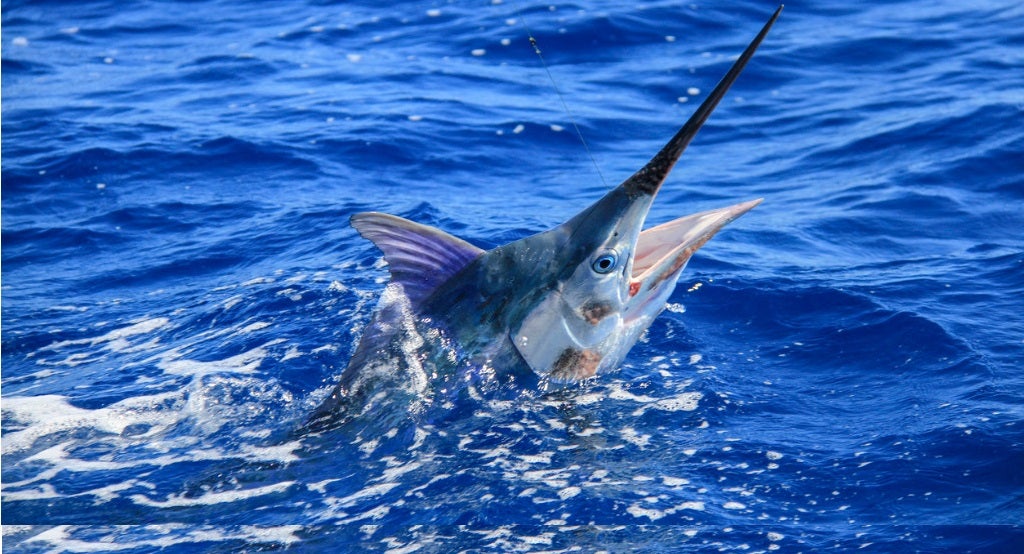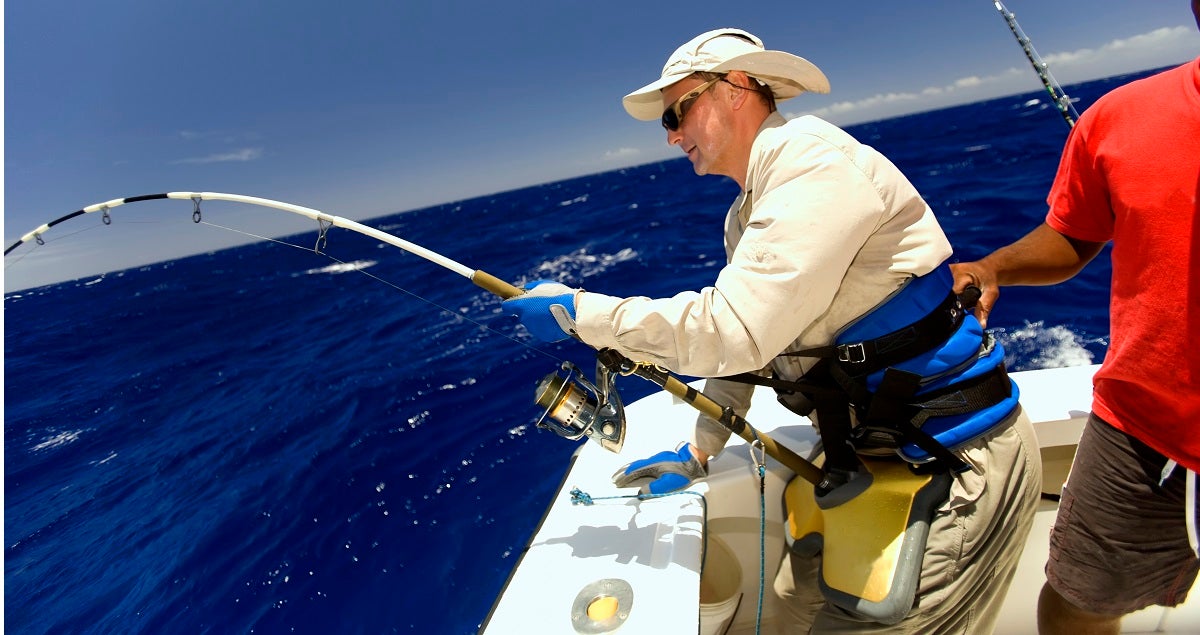
Our Editors independently research, test, and rate what we feel are the best products. We use affiliate links and may receive a small commission on purchases.
While you can find benefits in fishing with either live bait or lures, most anglers and hobbyist fisherfolk agree that the best method of fishing is always with natural bait, alive or cut.
Along with equipping yourself with a baitcasting rod and a top of the line saltwater spinning reel, a properly matched bait whether it’s for saltwater or freshwater fish is key to a successful saltwater fishing trip. Remember that fish will always detect a meal in three ways, by scent, sound, and movement
In clear water, a fish can see colors and shapes to about 15 feet, and with sensors running down the lateral line on both of its sides, picking up a moving object, such as a fishing lure or bait, even in complete darkness a fish can detect movement in the water just before it strikes. To fool a fish, you must first fool all its senses.
Depending on the game fish you would want to have for your day out at sea, live fish bait and most marine life smaller in size than that of your desired catch makes for a perfect saltwater bait.
Pieces of fish, filleted or cut can be also used as effectively as live bait for certain types of saltwater fish, like sea trout and bluefish, or any other species that are attracted to the scent. When you match the saltwater bait you use to the fish species you want to target, you greatly improve your chances of success.
LIVE FISH BAIT
Live bait tends to be a handful and at times a tad difficult to keep alive and fresh. In catching live saltwater fishing bait with a hook or a net, avoid touching the bait before rigging it on the hook. Store your bait in a container that should simulate current, oxygen content and temperature of its natural environment.
Transport your bait in short distances in a bucket with a battery-operated aerator. Always use the lightest hooks, leader, and line possible to avoid further stressing the fish.
Saltwater bait fish such as menhaden, mullet, eels, herring, sardines, ballyhoo, and pilchards all work well to catch saltwater game fish and can easily be rigged by passing the hook either through the lips, nose, eye sockets and will allow it to swim naturally.
Hooking the bait in front of the dorsal fin will encourage the bait to swim down for trolling or the base of the tail for freelining. Live fishing bait hands down is the best bait for saltwater fishing.
CUT FISH BAIT
Fish cut in strips, fillets, sections or steaks or Cut Bait is very attractive to game fish species such as snapper, grouper, cobia, and tuna. Many anglers also add cut bait to artificial lures to add a level of scent attraction.
Though cut bait can also be as difficult to handle as live fish bait, keeping cut bait as fresh and firm in time for the hunt will reel in the catch you aim for. Always choose the best and freshest saltwater bait when you can. Choose fish which is still red at the gills and have crystalline eyes, indicators of a fresh catch.
When freezing cut bait, it should be vacuum-packed and sealed to prevent freezer burn.

SHRIMP
Definitely one of the best saltwater baits, and not only are they a favorite meal of saltwater fish, shrimp used as saltwater bait, will always be effective in any fishing location.
According to shrimp bait size, this bait will lure in fish of different sizes. In order to keep shrimp alive as bait, avoid the black spot and place the hook beneath the shrimp’s head so the barb comes out on top. Hooking the black spot will kill the shrimp immediately.
Inserting the hook from the tail of the shrimp while threading the body onto the hook and passing the barb beneath the black spot is a method that stops bait-stealing fish.
SQUID AND OCTOPUS
Squid as fishing bait and octopus are favored by many anglers and work well for trolling, bottom fishing and float fishing for saltwater species including croakers, sea bass, amberjack, dolphin and bluefish.
Use them wholly by running the line through the inside of the mantle (the outside body shell) and hooking the squid in the head, mantles of larger squid can be cut into vertical pieces for strip bait. Typically, it’s best to use the smallest piece of bait that you can get on the hook.
Larger chunks give fish the opportunity to nibble the bait off the hook. To keep the bait from falling off, try to run the hook through bone, skin or shell.Always remember, the fisherman’s rule for any bait is, If you wouldn’t eat it, then neither will the fish.
Keep these in mind on your next fishing trip, and you may be surprised by how effective fishing with live fish bait is in saltwater fishing locations. Who knows, you might just haul in the dream catch of a lifetime.
BIO
Daniel Calvin is a keen angler who enjoys spending time outdoors and writing fishing articles for Dynamade.
